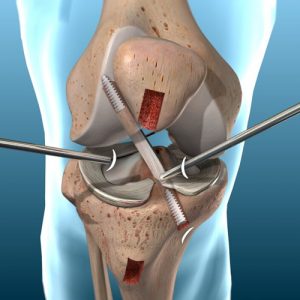Our Treatments
We diagnose a type of disorders and diseases and give specialised treatments or procedures to help you expertly manage or recover from your condition. Convey us your inquiry if you’d like to discover more regarding a specific treatment or procedure.
- Joint Reconstruction (Replacement/ Preservation)
- Recurrent Shoulder Dislocation
- Revision Surgery of Joints
- Primary & Complex Knee, Hip & Shoulder Surgeries
- Ligament Injury
- ACL/ PCL Reconstruction
- Meniscus Injury
- Total & Reverse Total Shoulder Surgery
- Key Hole Surgery of Joint
- Frozen Shoulder/ Bankart Repair/ Rotator Cuff Repair/ Supraspinatus Tear
- Preservation
- Knee Replacement
- Hip Replacement
- Shoulder Replacement
- Knee Preservation
- Hip Preservation
- Shoulder Preservation
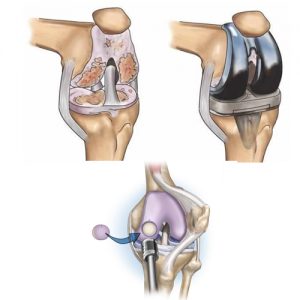
Treatment of primary repair of recurrent shoulder dislocation is Arthroscopy Surgery. And for complex and chronic dislocation, Arthroscopic Latarjet procedure or Open Latarjet procedure is used to perform.

Revision Surgery of Joints (Shoulder Joint, Hip Joint, Knee Joint): More patients currently would like a second joint replacement, referred to as a joint revision surgery, as they survive their original joint implant.
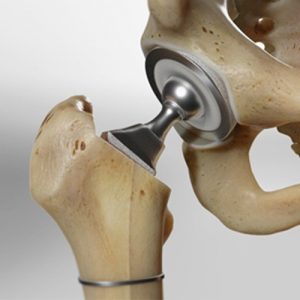
Primary & Complex Knee, Hip & Shoulder Surgeries
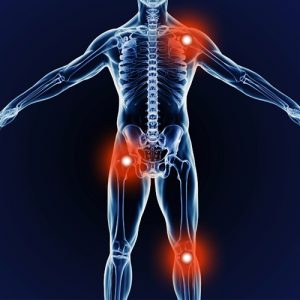
MCL Injury-
A medial collateral ligament (MCL) injury is a stretch, partial tear, or complete tear of the ligament on the inside of the knee. It is one of the most common knee injuries and results mostly from a valgus force on the knee. If you have a mild MCL strain, it can heal on its own with rest, ice, and other self-care. In rare situations, surgical intervention is necessary.
MPFL (Medial Patellofemoral Ligament) Reconstruction-
MPFL reconstruction is a surgery in which a new medial patellofemoral ligament is created to stabilize the knee and help protect the joint from additional damage.
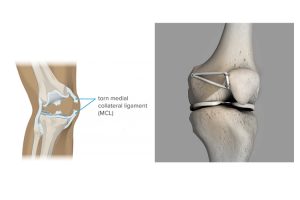
Some meniscus tears require surgery to heal the meniscus and restore the knee’s range of motion. Surgery may be a meniscus repair or a trimming of the meniscus tissue, which is called a partial meniscectomy.
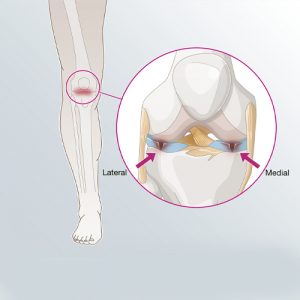
Total & Reverse Total Shoulder Surgery: During this surgery, your surgeon removes the damaged parts of the shoulder and replaces them with artificial parts.
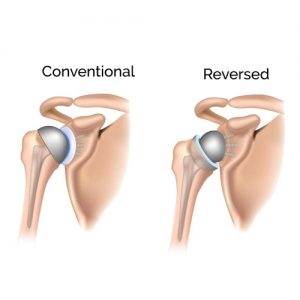
Key Hole Surgery of Joint (Arthroscopy):
It enables the surgeon to see inside the joint without creating a big incision. Through arthroscopy, the surgeon can repair different types of joint damage, with pencil-thin surgical instruments inserted through additional small incisions.
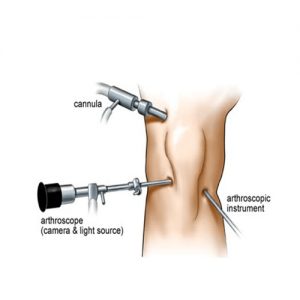
Frozen Shoulder– Frozen shoulder results from the gradual loss of movement in the shoulder (glenohumeral) joint. When the shoulder is frozen, the joint has become stuck and its movement is limited.
Rotator Cuff & Supraspinatus Tear:
The shoulder joint is made up of three bones: the humerus, scapula and clavicle. The supraspinatus muscle is located on the back of the shoulder, forming part of the rotator cuff. The rotator cuff consists of Supraspinatus, Infraspinatus, Subscapularis and teres minor. The rotator cuff covers the head of the humerus and keeps it into place. Read more about Rotator Cuff Injury.
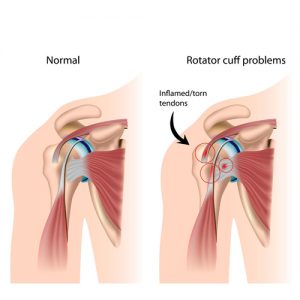
Cartilage Surgery: Cartilage damage can be seen as a hole or crater on the otherwise smooth surface of the joint. If left untreated, the joint can become stiff, swollen and painful. It may even progress to a stage that requires a total joint replacement with metal and plastic components. It includes: Autologous chondrocyte implantation (ACI), OATS, MICROFRACTURES.
Deformity & Correction: High tibial osteotomy

